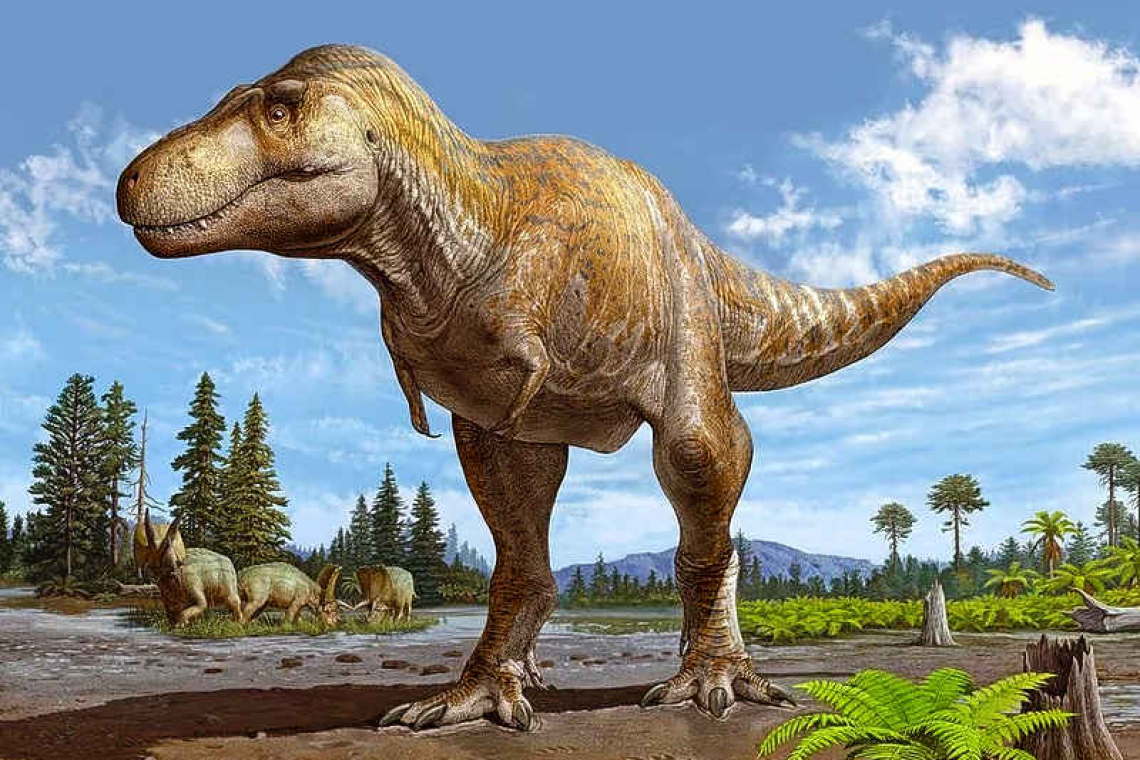This month, we saw an exciting story when it comes to dinosaur discoveries. As it turns out, a group of scientists taking another look at fossils, which were unearthed in New Mexico in 1983, concluded that the fossils belong to a whole new species of Tyrannosaurus, older than the T. Rex. Until now, this skull was believed to be that of a T. Rex, one of the world’s most famous dinosaurs.
Even though there are hundreds of species of dinosaurs that we know of, the T. Rex is especially famous, and this fearsome, enormous, apex predator has been depicted in many shows and movies. It is often called “The King of the Dinosaurs”. Tyrannosaurus in general had massive heads, amazing bite strength, walked on two, big, strong legs, and had little arms.
When taking a closer look at the fossils from New Mexico, the scientists found some small differences which led them to conclude that it was indeed a separate species which has been named “Tyrannosaurus mcraeensis”. It is similar in size and lived several million years before the T. Rex.
Some other scientists argued that the differences are “unremarkable” and not obvious enough, but more “like shades of grey”. It’s hard to agree on when exactly to consider any animal a different species, because there need to be enough important differences.
In 2022, a group of researchers proposed classifying Tyrannosaurus into three species, based on differences in teeth and thigh-bones; however, others argued that the differences were not big enough. The Palaeontologist that led the team explained the scale of difference between the three proposed species, as being like the difference between a lion and a tiger.
So what are the differences that they saw between these particular New Mexico fossils and the T. Rex? According to the researchers, this fossil was compared to lots of different T. Rex and was different in every bone, notably the lower jaw (which is shallower and more curved towards the back) and the blunt hornlets above the eyes (which are lower).
They added that the existence of Tyrannosaurus mcraeensis also changes the understanding of Tyrannosaurus origins, because the Tyrannosaurus mcraeensis is larger than its close relatives which inhabited North America before the T. Rex.
This would suggest that giant species of this group evolved millions of years earlier (71-73 million years ago) than our current understanding for the Tyrannosaurus (which is 67 to 68 million years ago). Some scientists, who are sceptical about the conclusion, also point to this timing, since Tyrannosaurus fossils so far have all dated within that shorter time period.
Tyrannosaurus prowled western North America during the Cretaceous Period. However, there was a mass extinction event when an asteroid the size of a mountain struck Earth 66 million years ago. This event claimed three quarters of life on our planet, bringing a sudden end to the Cretaceous period, and wiping out the non-flying dinosaurs.
Image: An artist’s reconstruction of newly identified dinosaur species Tyrannosaurus mcraeensis. Image credit: U.S. Sergei Krasinski/Handout via Reuters.







